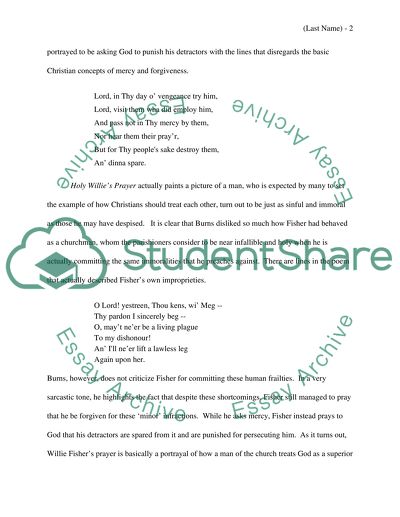Cite this document
(“Morality and Immorality and Holy Willie's Prayer and Tam O Shanter Research Paper”, n.d.)
Retrieved from https://studentshare.org/english/1445757-robert-burnsyie-two-poems-ypholy-willieyies
Retrieved from https://studentshare.org/english/1445757-robert-burnsyie-two-poems-ypholy-willieyies
(Morality and Immorality and Holy Willie'S Prayer and Tam O Shanter Research Paper)
https://studentshare.org/english/1445757-robert-burnsyie-two-poems-ypholy-willieyies.
https://studentshare.org/english/1445757-robert-burnsyie-two-poems-ypholy-willieyies.
“Morality and Immorality and Holy Willie'S Prayer and Tam O Shanter Research Paper”, n.d. https://studentshare.org/english/1445757-robert-burnsyie-two-poems-ypholy-willieyies.


